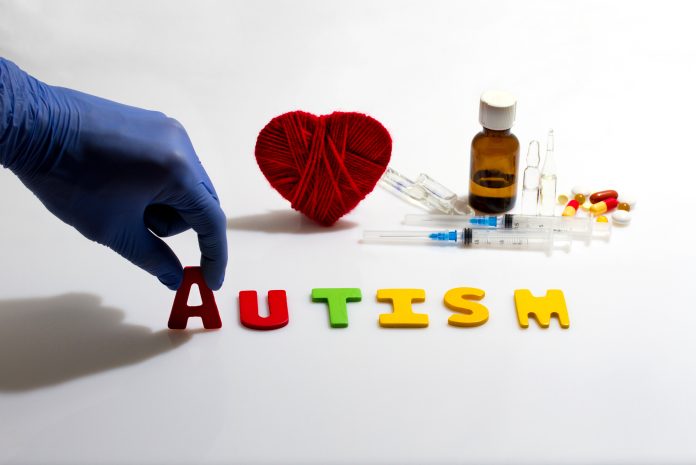
As parents worry about their children’s health, the CDC conveniently declares no link between mercury-containing vaccine preservatives and autism just days before a critical advisory meeting on its potential removal.
Key Takeaways
- The CDC issued a statement on June 24 claiming no link exists between thimerosal (a preservative that is 50% mercury by weight) and autism spectrum disorder.
- This announcement was strategically timed just two days before a CDC advisory meeting to discuss potential restrictions on thimerosal-containing influenza vaccines.
- Thimerosal has been used in vaccines since the 1930s despite containing high levels of mercury, a known neurotoxin.
- The CDC’s analysis relies heavily on their own Vaccine Safety Datalink, raising questions about potential conflicts of interest in the research methodology.
Convenient Timing for CDC’s Mercury Declaration
The Centers for Disease Control and Prevention (CDC) made a significant announcement on June 24, declaring there is no scientific evidence linking thimerosal, a mercury-based preservative used in vaccines, to autism spectrum disorder. This declaration comes suspiciously just 48 hours before a scheduled meeting where CDC advisers were set to discuss whether to recommend restrictions on thimerosal-containing influenza vaccines. The timing raises serious questions about whether this statement was intended to influence the advisory committee’s decision before they even convened to examine the evidence.
What Exactly is Thimerosal?
Thimerosal is a preservative that has been used in vaccines since the 1930s and is composed of 50% mercury by weight. Mercury is a well-documented neurotoxin that can cause serious damage to the nervous system, especially in developing children. Despite widespread concerns about mercury toxicity in other contexts, health authorities have maintained that the type of mercury in thimerosal (ethylmercury) is safe for injection directly into the human body, including infants and pregnant women. This position contradicts the extreme caution exercised with mercury in other environmental and medical settings.
Questions About Research Methodology
The CDC’s 17-page document strongly rejecting any link between thimerosal and autism relies heavily on the agency’s own Vaccine Safety Datalink for its conclusions. This raises significant concerns about potential conflicts of interest, as the CDC is effectively evaluating its own previous positions on vaccine safety. Independent researchers have pointed out methodological weaknesses in the CDC’s analysis, including limited sample sizes, inadequate control groups, and insufficient follow-up periods to properly assess long-term neurological impacts that might not manifest until years after vaccination.
Historical Context of Thimerosal Controversy
While the CDC maintains there is no link between thimerosal and autism, it’s worth noting that in 1999, health authorities called for the removal of thimerosal from childhood vaccines as a precautionary measure. This action was taken not because definitive evidence of harm existed, but because there were legitimate concerns about cumulative mercury exposure in children receiving multiple vaccines. Since then, thimerosal has been removed from most childhood vaccines, yet it remains in certain influenza vaccines administered to children and pregnant women. The question remains: if thimerosal is truly safe, why was it removed from most childhood vaccines in the first place?
Parental Concerns and Medical Freedom
Many parents and medical freedom advocates argue that regardless of the CDC’s position, individuals should have the right to choose whether they want to receive vaccines containing mercury-based preservatives. The upcoming CDC advisory committee meeting represents a critical juncture for parental choice and informed consent. If the CDC is confident in thimerosal’s safety, transparency demands they release all raw data from their studies for independent verification, rather than simply issuing proclamations of safety days before a crucial advisory meeting that could potentially restrict the use of mercury in vaccines.












